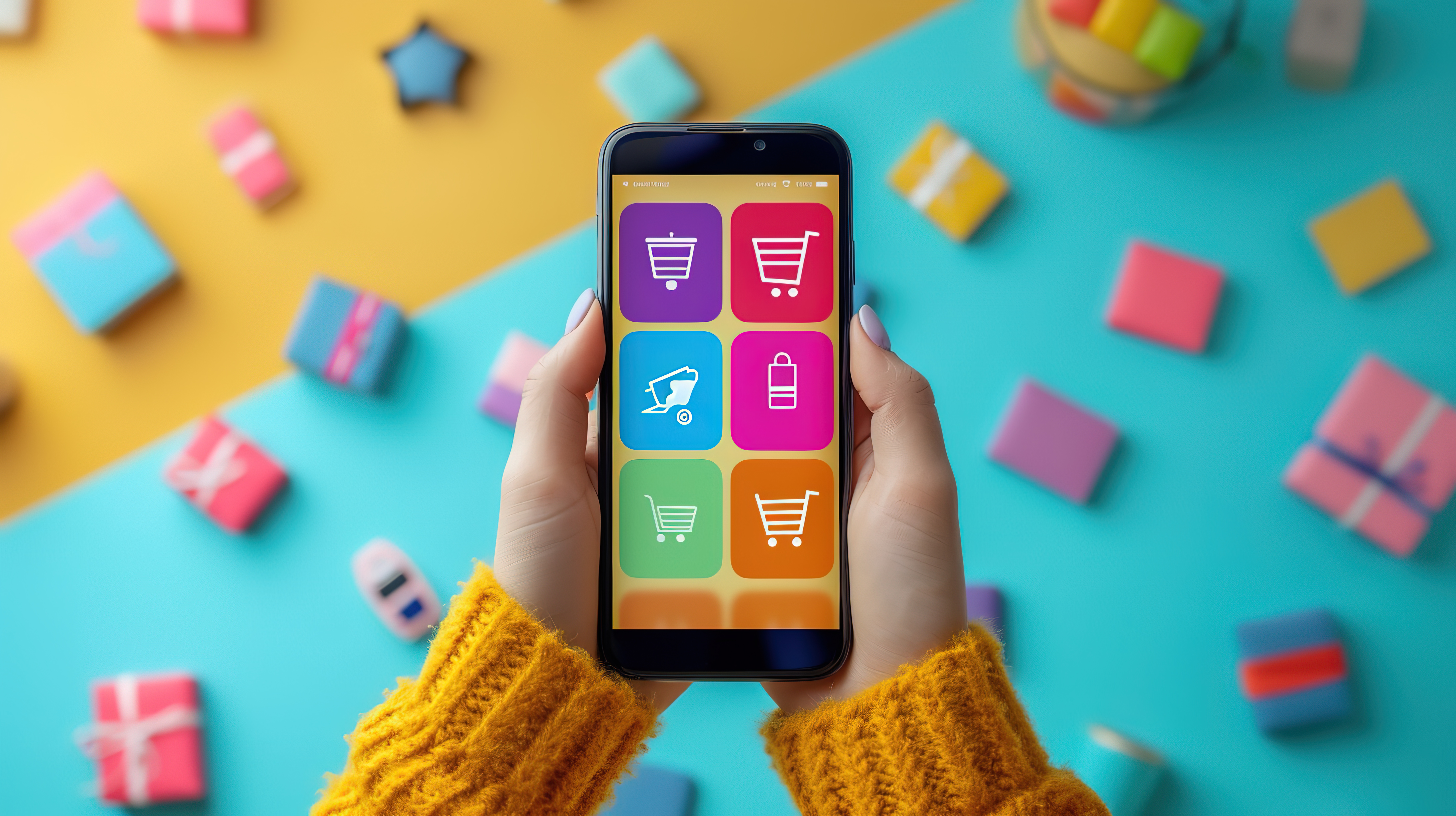Thank You!
A confirmation latter has been sent to your email. Check your inbox.


They say “well begun is half done” — and in the fast-moving digital economy, that couldn’t ring truer. Before the first line of code is written, startups need more than ambition; they need structure. With new eCommerce apps launching thousands each month, what separates success from noise is not speed, but strategy. It’s not just about building an app that functions — it’s about building one that fits.That’s where a roadmap becomes your compass. It helps teams ask better questions before they build: Who exactly are we designing for? Where does the user drop off in similar apps? How will we iterate post-launch without breaking what works? These aren’t engineering problems — they’re product thinking problems. And the sharper your thinking upfront, the smoother your execution becomes.
Every successful app starts with understanding — your users, your market, and your own vision. This phase is all about validating that you’re solving a meaningful problem with the right feature set. Begin by clearly defining your user niche. Are you targeting conscious shoppers, tier-2 city users, or a focused segment like pet care or wellness? Use tools like Google Trends and Shopify Market Insights to gather early signals. Analyze competitors thoroughly — understand what's working, what’s missing, and where users express friction in reviews. Then, shape your own feature wishlist, carefully distinguishing between core launch essentials and enhancements that can wait. The outcome at this stage typically includes a well-documented Product Requirement Document (PRD) and a prioritized roadmap.
The user interface isn’t just what your users see — it’s how they feel moving through the experience. Mapping the user journey from signup to checkout ensures you're designing for flow, not just function. Prototyping tools like Figma help you wireframe quickly, allowing for easy testing of layouts and flows before development begins. It’s also the right time to align your visual identity — fonts, colors, logo usage, and tone should all feel like a natural extension of your brand. This phase results in interactive mockups, design assets, and a consolidated brand style guide.
With clarity in vision and design, it's time to translate ideas into a solid technical foundation. Choosing the right tech stack — such as Flutter or React Native for cross-platform development, Firebase or AWS for backend infrastructure, and payment gateways like Stripe or Razorpay — is crucial for long-term scalability. This phase also includes designing a structured, future-ready database schema and setting up CI/CD pipelines, Git workflows, and automated testing environments. The key deliverables are a source code repository, a modular architecture, and a pre-launch staging environment.
The Minimum Viable Product (MVP) isn’t just a test version — it’s your app’s first functional presence in the real world. Focus on building essential modules such as user authentication, product discovery, cart, checkout, order tracking, and customer support. Run multiple layers of testing — from functional and regression to User Acceptance Testing (UAT). Smart piloting via closed beta releases on TestFlight or Google Play Alpha allows you to gather valuable feedback before a broader rollout. At the end of this phase, you should have a stable, user-ready MVP.
Going live marks the beginning of real user interaction and feedback cycles. App Store Optimization (ASO) is key — optimize keywords, visuals, and descriptions to ensure discoverability. Simultaneously, integrate analytics tools like Mixpanel, Sentry, or Firebase to track performance, usage, and crashes. Prepare marketing integrations with tools like WhatsApp, Mailchimp, or push notification platforms to engage your early users effectively. Your main outputs here are live app listings, active analytics dashboards, and an operational user engagement system.
Once launched, your app’s growth depends on continuous iteration informed by real user behavior. Plan incremental version updates in short, structured sprints rather than waiting for major overhauls. Begin embedding AI/ML elements where relevant — such as personalized recommendations, chatbots, voice search, or smart cart suggestions. Strengthen retention using proven strategies like loyalty programs, in-app referrals, or gamification. Don’t forget to maintain ASO actively — adapt your store presence based on user reviews, keyword trends, and performance insights. This stage should yield a living version roadmap, a user retention strategy, and regularly updated analytics.
Sometimes, improving the app experience doesn’t require rebuilding from scratch. Other times, small fixes just won’t do.
Our expertise spans a diverse and proven tech stack, carefully employed to build solutions that meet evolving business needs with precision and reliability.
BACK END
FRONT END
CONTAINERIZATION
AUTOMATION
CI/CD TOOLS
MONITORING
PROGRAMMING LANGUAGES
FRAMEWORKS
LIBRARIES
CLOUD SERVICES